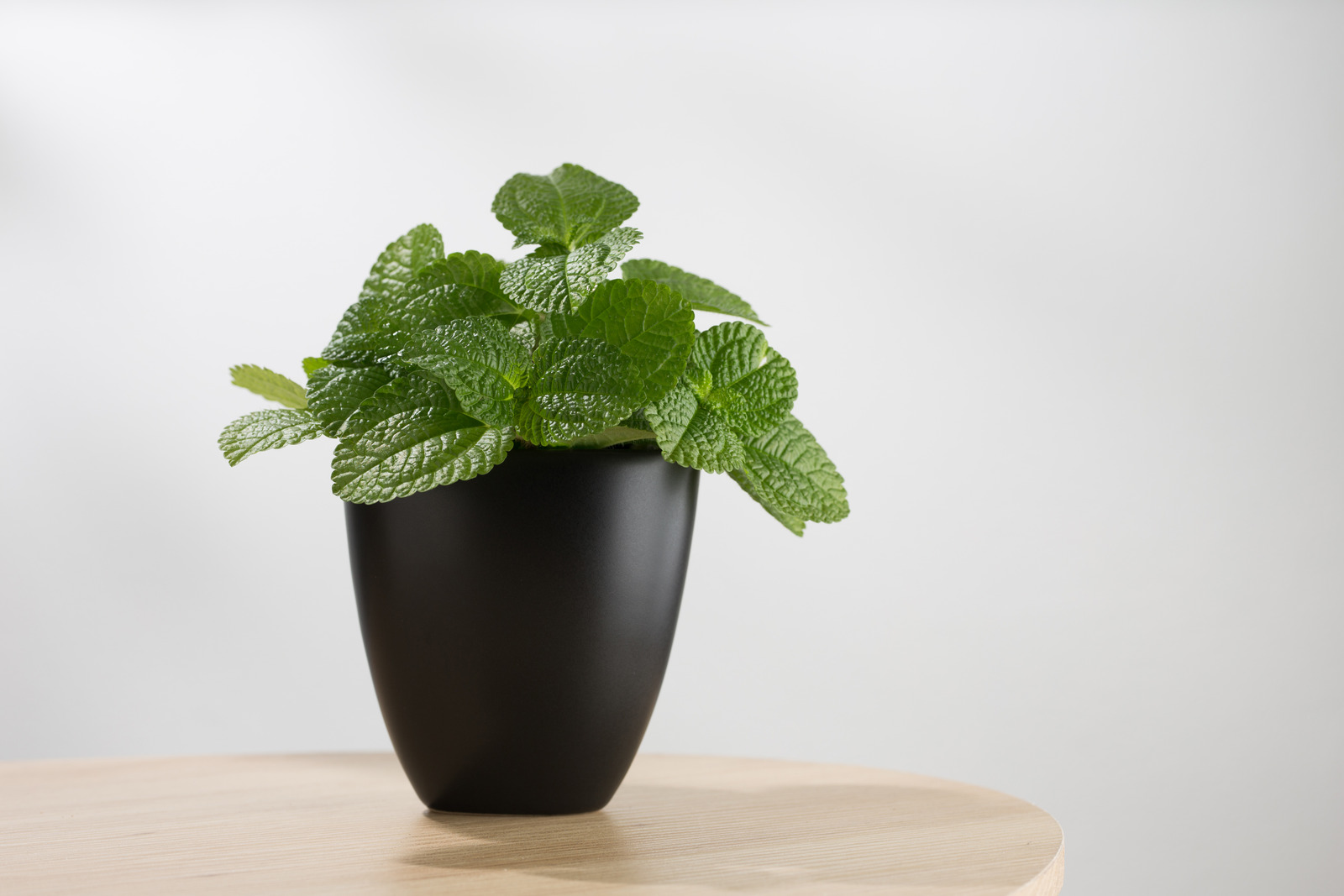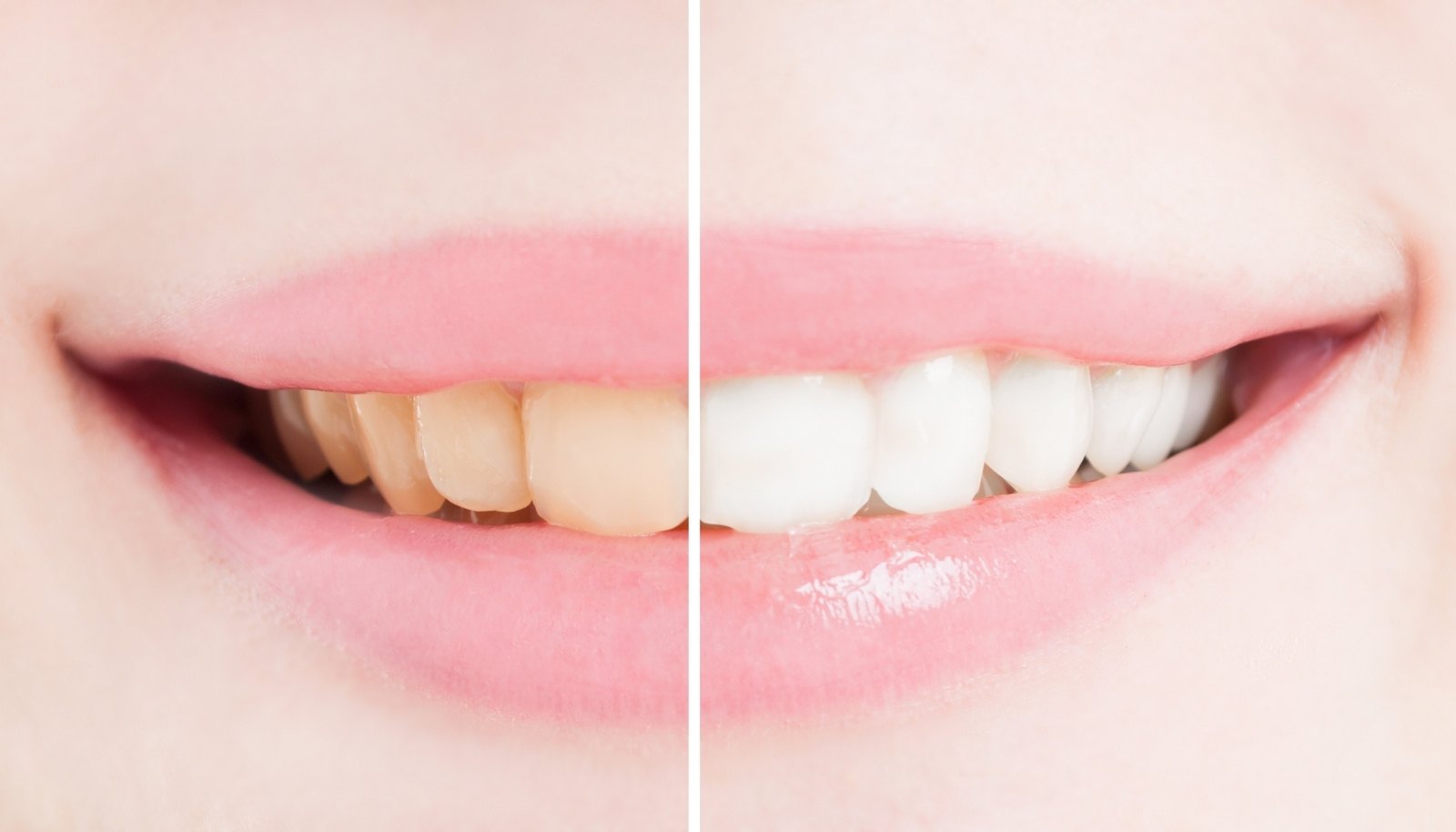
This story belong to Greek mythology. Mentha is described in ancient Greek mythology as a nymph or water goddess. When Hades, the god of the underworld, falls in love with her, Persephone, Hades' wife, becomes jealous. Persephone turns Mentha into a plant. Hades agreed that Mentha should remain a plant and gave it a pleasant scent. This is how the plant became known as mentha.
Peppermint is a plant from the mint family (Lamiaceae), whose Latin name is Mentha piperita. This plant is known for its pungent and refreshing aroma. Peppermint, a perennial plant, can reach a height of about 30-90 cm. The stem is square and hairy, while the leaves are oppositely arranged, oval and have toothed margins. The flowers are small, purple or lavender and bloom in summer. Mint plant prefers sunny or semi-shaded areas and well-drained, moist soils. It grows especially widely in the Mediterranean climate.
Refreshes and Relaxes the Skin: Mint leaf provides a refreshing and cooling effect on the skin thanks to the menthol it contains. It can help cool the skin especially in summer and support the relief of sunburn.
Helps Oily Skin: Mint can help balance oily skin as a natural astringent. By tightening the pores, it supports the control of excess oil on the skin and can make the skin look more matte.
Supports Against Pimples and Acne: Thanks to its antibacterial properties, peppermint leaf can help prevent pimple and acne formation. By reducing bacteria on the skin, it can contribute to the elimination of inflammation and redness.
Can Balance Skin Tone: Peppermint leaf can help equalise skin tone. It can increase the natural radiance of the skin and support the elimination of skin colour differences.
Can Reduce Skin Inflammation: With its anti-inflammatory properties, peppermint leaf can relieve inflammation on the skin. It helps reduce redness and irritation on sensitive skin and supports the skin to be calmer and more balanced.
Revitalises the Skin: The revitalising effect of peppermint leaf can energise skin that looks tired and lifeless. It helps the skin look more vibrant and fresh.
Refreshes and Revitalises the Scalp: Peppermint leaf provides a refreshing and revitalising effect on the scalp thanks to the menthol it contains. It can help increase blood circulation in the scalp, which supports better nutrition of the hair follicles and can contribute to healthier hair growth.
Helps Reduce Dandruff: Peppermint leaf can help reduce dandruff and fungal infections on the scalp with its antifungal and antibacterial properties. With its scalp cleansing effect, it can support the prevention of dandruff formation.
Supports Hair Growth: The effect of peppermint leaf, which promotes blood circulation when applied to the scalp, can support hair growth by providing better nutrition of hair follicles. This can help grow stronger and healthier hair.
Soothes the Scalp: Peppermint leaf can help reduce itching and irritation on the scalp. With its anti-inflammatory properties, it can alleviate scalp discomfort and support the scalp to be more relaxed and balanced.
Strengthens Hair: Peppermint leaf can help make hair strands stronger. It can strengthen the hair follicles and reduce breakage and support the hair to look healthier and shinier.
Provides Natural Cleaning: Peppermint leaf can help gently cleanse the scalp and hair strands. It purifies the oil and dirt accumulated on the scalp and supports the hair to stay cleaner and fresher.
Aromatic and Flavouring Use: Peppermint, especially with its fresh and dried leaves, adds a unique refreshing flavour and aroma to foods. It is widely used in many food products such as soups, salads, sauces, desserts, teas, alcohol and non-alcoholic beverages. It is especially preferred as a flavouring in sweet products such as mint chocolate, ice cream, chewing gum and confectionery.
Use in Functional Foods: Peppermint is also used in functional foods due to its health benefits. It is known for its digestive, relaxing and refreshing effects. It can be found in products such as digestive teas, herbal supplements and health bars.
Freshness and Relaxation: Peppermint creates a refreshing feeling in drinks and foods. It is often used in cold drinks, lemonades, cocktails and smoothies, especially in summer. In addition, hot mint tea is also known for its relaxing and invigorating effects.
Natural Preservative and Antioxidant: With its natural antibacterial and antifungal properties, peppermint can inhibit microbial growth in food products and extend shelf life. It also contains antioxidant components, which can help prevent oxidative damage in foods.
Various Uses in the Kitchen: Fresh peppermint leaves can be used as a garnish in dishes, adding a fresh and vibrant flavour to salads. In addition, fresh or dried peppermint leaves are also commonly used in marinades, meat dishes and yoghurt-based sauces.
Peppermint Oil and Extract: Peppermint oil and peppermint extract are used especially in the food industry due to their intense aromas and strong flavours. In this form, peppermint is used in higher concentrations and to achieve a specific flavour profile.





